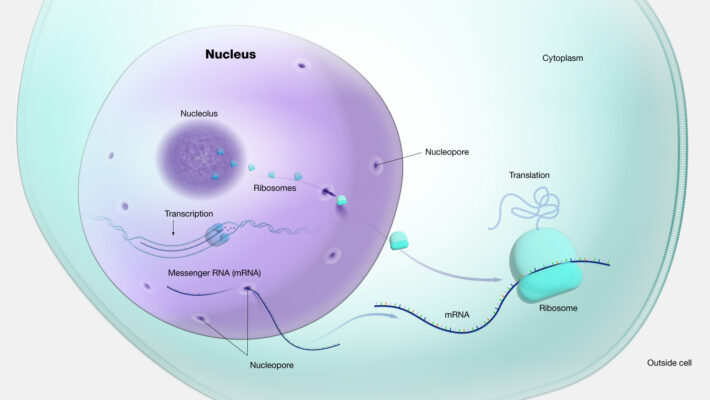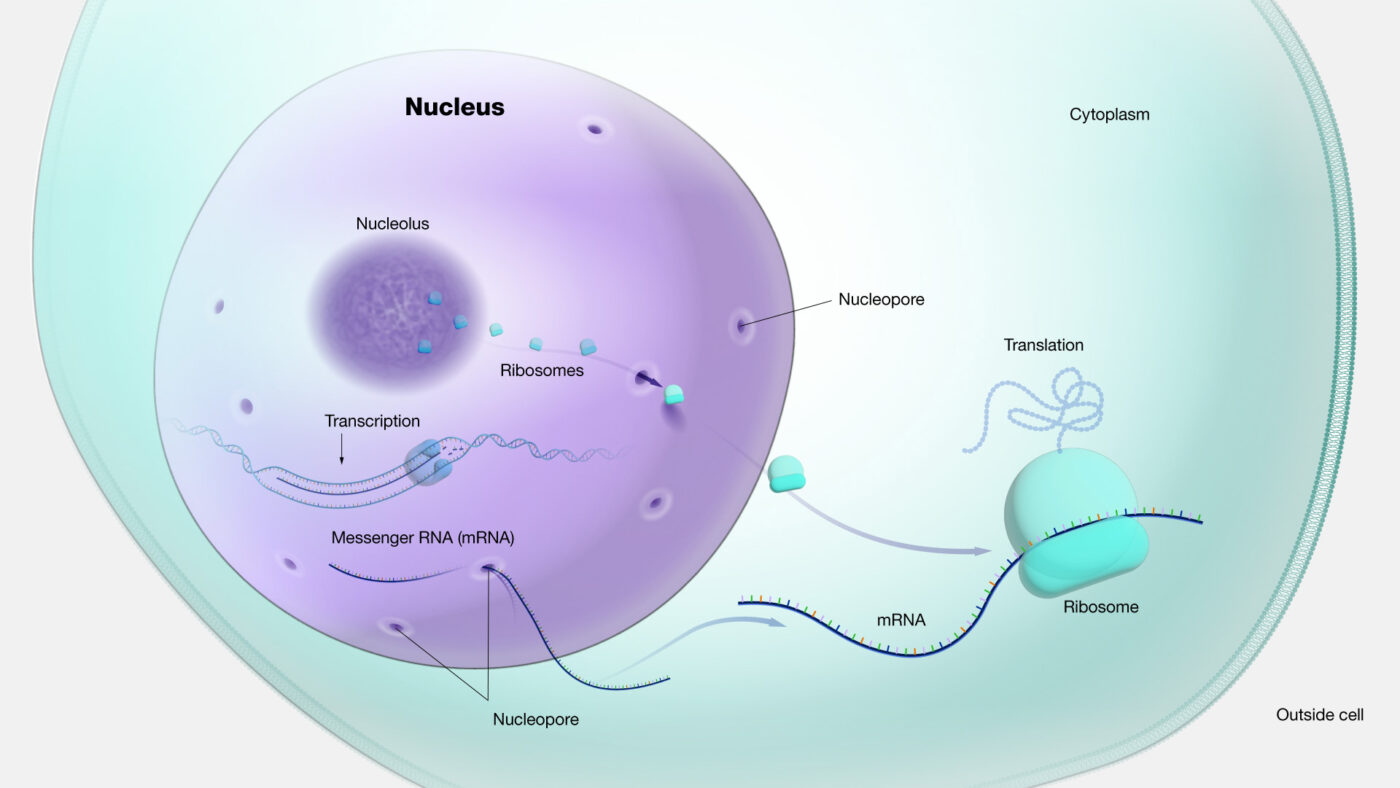The Function of the Nucleus: The Command Center of the Cell
The nucleus is one of the most vital organelles in eukaryotic cells, often referred to as the “command center” or “control center” of the cell. It plays a central role in regulating cellular activities, storing genetic information, and ensuring the proper functioning of the cell. This article provides a detailed exploration of the nucleus, its structure, and its multifaceted functions.
Structure of the Nucleus
The nucleus is a membrane-bound organelle that is typically the most prominent feature of a eukaryotic cell. Its structure is highly organized and consists of several key components:
- Nuclear Envelope:
The nucleus is surrounded by a double membrane called the nuclear envelope, which separates the nucleus from the cytoplasm. The nuclear envelope is punctuated with nuclear pores that regulate the movement of molecules between the nucleus and the cytoplasm. - Nuclear Pores:
These are protein-lined channels that allow selective transport of molecules such as RNA, proteins, and signaling molecules. They ensure that the nucleus can communicate with the rest of the cell. - Nucleoplasm:
The nucleoplasm is the gel-like substance within the nucleus that contains chromatin, nucleoli, and other nuclear components. It provides a medium for the transport of molecules and supports the nucleus’s structural integrity. - Chromatin:
Chromatin is a complex of DNA and proteins (primarily histones) that forms chromosomes. It exists in two forms: euchromatin (loosely packed and transcriptionally active) and heterochromatin (tightly packed and transcriptionally inactive). - Nucleolus:
The nucleolus is a dense region within the nucleus where ribosomal RNA (rRNA) is synthesized and ribosome subunits are assembled. It plays a critical role in protein synthesis.

Functions of the Nucleus
The nucleus performs several essential functions that are crucial for the survival and proper functioning of the cell. These functions can be broadly categorized into the following areas:
1. Storage and Protection of Genetic Material
- The nucleus houses the cell’s DNA, which contains the genetic instructions necessary for the development, functioning, and reproduction of the organism.
- By enclosing the DNA within the nuclear envelope, the nucleus protects the genetic material from damage and ensures its stability.
2. Regulation of Gene Expression
- The nucleus controls which genes are expressed and when. This regulation is critical for cellular differentiation, growth, and response to environmental changes.
- Transcription, the process of synthesizing RNA from DNA, occurs in the nucleus. This RNA is then processed and transported to the cytoplasm for translation into proteins.
3. DNA Replication and Repair
- The nucleus is the site of DNA replication, which occurs during the cell cycle to ensure that each daughter cell receives an identical copy of the genetic material.
- The nucleus also contains mechanisms for repairing damaged DNA, maintaining genomic integrity, and preventing mutations.
4. Ribosome Biogenesis
- The nucleolus within the nucleus is responsible for producing ribosomal RNA (rRNA) and assembling ribosome subunits.
- Ribosomes are essential for protein synthesis, making the nucleolus a key player in cellular metabolism.
5. Cell Division and Reproduction
- During cell division, the nucleus ensures the accurate segregation of chromosomes into daughter cells. This process is critical for mitosis and meiosis.
- The nucleus also plays a role in regulating the cell cycle, ensuring that cells divide only when appropriate.
6. Cellular Communication
- The nucleus receives signals from the cell’s environment and translates them into changes in gene expression. This allows the cell to adapt to external conditions.
- Nuclear pores facilitate the exchange of molecules between the nucleus and the cytoplasm, enabling communication and coordination within the cell.
The Nucleus and Cellular Health
The nucleus is indispensable for maintaining cellular health and functionality. Dysfunction or damage to the nucleus can lead to severe consequences, including:
- Genetic Disorders:
Mutations or damage to DNA can result in genetic disorders, cancer, or developmental abnormalities. - Impaired Protein Synthesis:
Disruptions in ribosome biogenesis or RNA processing can impair protein synthesis, affecting cellular metabolism and function. - Cell Death:
Severe damage to the nucleus can trigger apoptosis (programmed cell death) to prevent the propagation of defective cells.
The Nucleus in Different Cell Types
The structure and function of the nucleus can vary depending on the cell type:
- Animal Cells:
The nucleus is typically spherical and centrally located. It plays a key role in regulating cell differentiation and specialization. - Plant Cells:
The nucleus in plant cells is similar to that in animal cells but may be pushed to the periphery due to the presence of a large central vacuole. - Prokaryotic Cells:
Prokaryotic cells, such as bacteria, lack a true nucleus. Instead, their genetic material is located in a region called the nucleoid, which is not enclosed by a membrane.
Conclusion
The nucleus is a highly specialized organelle that serves as the command center of the cell. Its primary functions include storing and protecting genetic material, regulating gene expression, facilitating DNA replication and repair, and producing ribosomes. By coordinating these activities, the nucleus ensures the proper functioning, growth, and reproduction of the cell. Understanding the nucleus’s role is fundamental to advancing our knowledge of biology, genetics, and medicine, as it holds the key to unlocking the mysteries of life at the cellular level.

